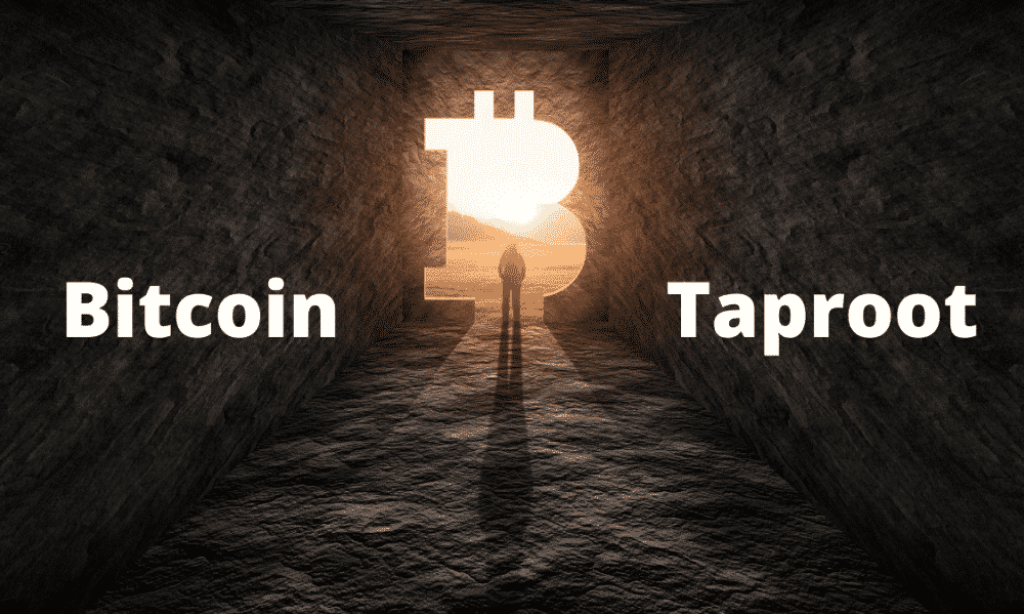
Taproot, the Bitcoin (BTC) upgrade that aims to improve network privacy and security, has been activated. Taproot is the most significant protocol upgrade since 2017.
Taproot upgrade is officially activated
The Taproot Upgrade is a Bitcoin Improvement (BTC) project with a new signing scheme known as Schnorr. This protocol adjustment opens up new possibilities in terms of confidentiality, multi-signature portfolios and security.
Taproot is widely regarded as one of the most significant improvements to the Bitcoin protocol . The upgrade was activated when the channel reached block 709,632 at 6:15 am on Sunday, November 14. This definitely activated the first major BTC upgrade since the introduction of Segregated Witness (SegWit) in 2017.
The upgrade is the result of several years of work . This was launched when Taproot was locked down on June 12. Since that date, miners and nodes have had time to update their software to Bitcoin Core 0.21.1 , the very latest version of Bitcoin Core which contains the activation of Taproot and a few other improvements.
What is Taproot?
Taproot is an amalgamation of various technical innovations from the history of Bitcoin into a single upgrade. It was first proposed by Greg Maxwell in 2018 . Since then, the 3 Bitcoin Improvement Proposals (BIP) that were written by Pieter Wuille, Tim Ruffing, AJ Townes and Jonas Nick
Previously, Bitcoin used the ECDSA signing algorithm where a user signs a transaction with their private key in order to approve the transaction.
Taproot is switching to a different signing protocol called “Schnorr” . Each transaction will now use this new signature scheme. In addition to being smaller and faster than ECDSA, Schnorr signatures have the advantage of being linear, which will strengthen the confidentiality of Bitcoin transactions and allow the creation of lighter and more complex smart contracts.
Taproot will have many positive impacts on various ecosystem projects . For example, multi-signature transactions, which require the signature of more than one signer from a group, will be less expensive and easier to execute.
And now ?
So far, only just over half of known Bitcoin nodes have signaled support for the upgrade . The rest are using older software, which means they won’t be able to apply Taproot’s new rules yet, at least not until they’ve upgraded to Bitcoin Core 21.1. But, even then, the network will run smoothly.
So activation does not mean that everything is finished . Users will not be able to send or receive “next generation” transactions until their Bitcoin wallet supports it.
If history is to be trusted, it could be months, if not years, for wallets to jump on the bandwagon. For example, it took about 2 years for Bitcoin’s last major upgrade, SegWit, to be 50% adopted.



